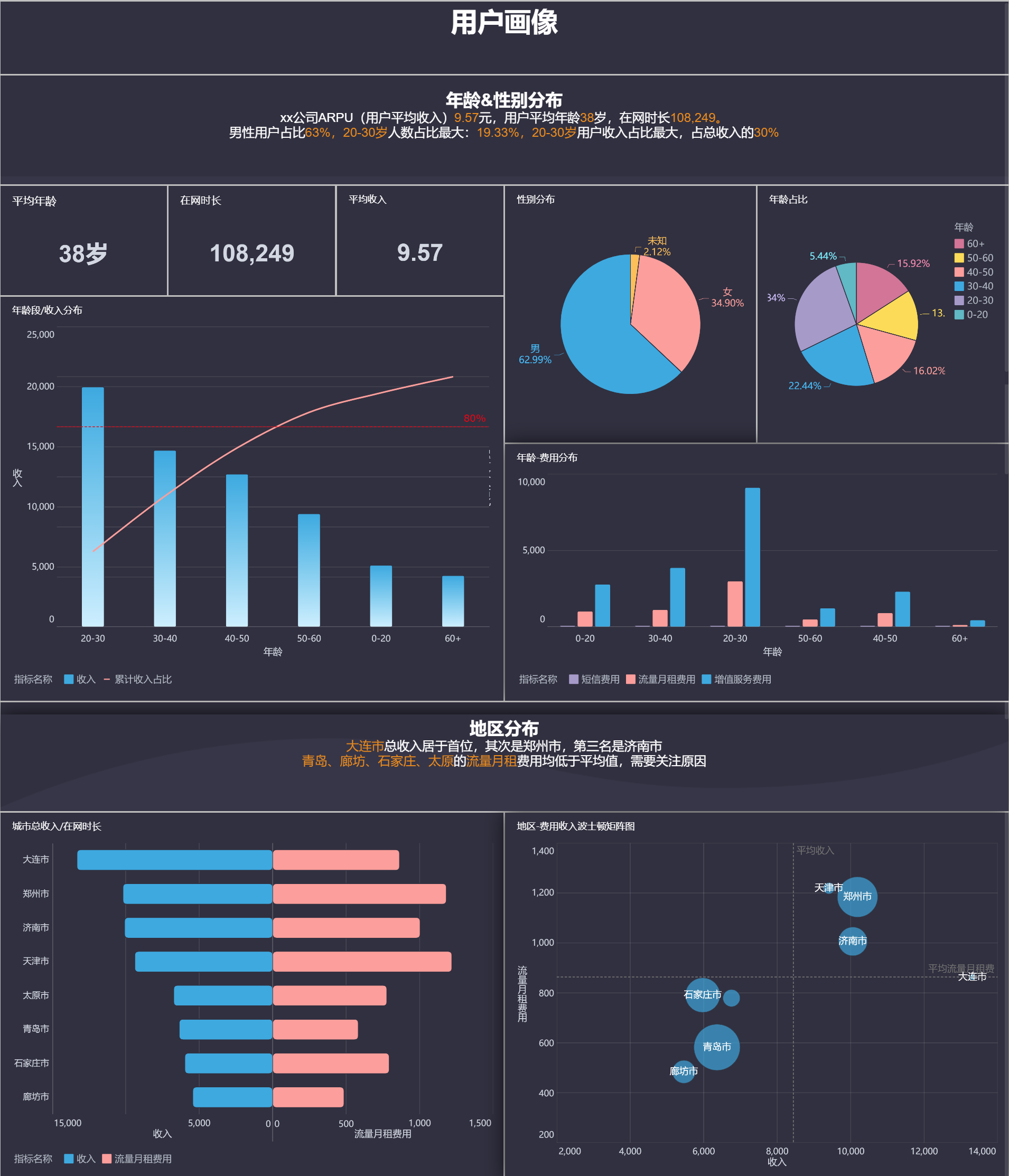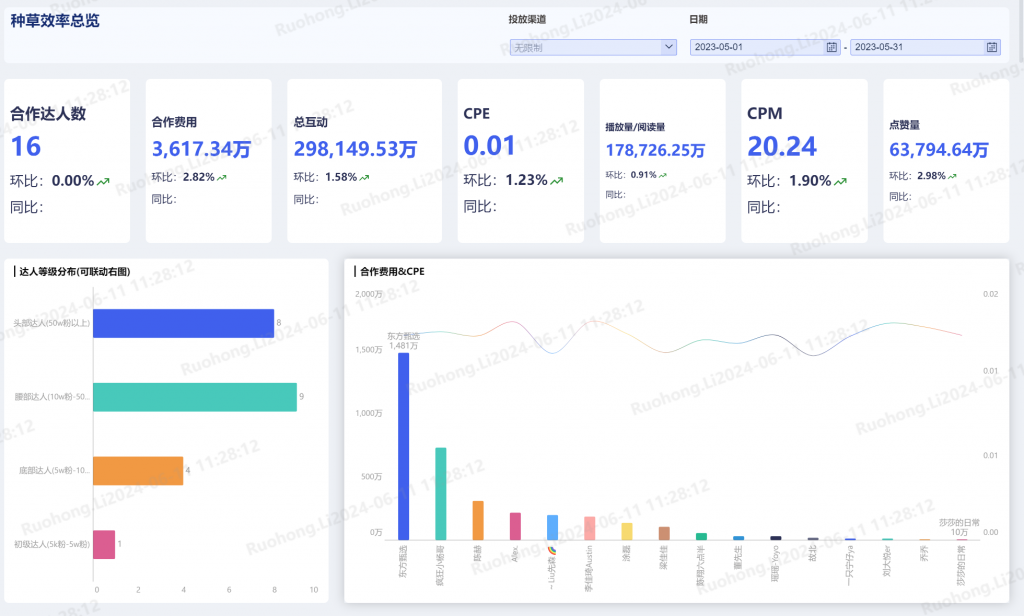2024-07-12
한어Русский языкEnglishFrançaisIndonesianSanskrit日本語DeutschPortuguêsΕλληνικάespañolItalianoSuomalainenLatina
Cross-border marketing is an innovative marketing strategy that cleverly captures the commonalities and potential connections between different industries, products and consumer preferences. This strategy integrates seemingly unrelated elements and influences each other to create a new lifestyle and aesthetic concept, thereby attracting the attention and favor of the target consumer group.
Through cross-border marketing, brands can break the boundaries of traditional marketing and work together with strong brands in different fields to achieve resource sharing and complementary advantages. This kind of cooperation can not only bring fresh experiences to consumers, but also bring a win-win situation to the participating brands, and jointly create a strong brand joint effect.
This article will start from the concept of cross-border marketing, explore its core elements, cooperation guidelines, main types, and how to effectively create cross-border joint products, and provide strategies and methods for brands in the practice of cross-border marketing.
For more details, we recommend downloading "Consumer Digitalization Solutions":
https://s.fanruan.com/hxce0
Share real digital transformation cases in the industry and provide complete digital solutions!
The essence of cross-border marketing is that brands can complement each other and form a unique "boundary". Only when there is such a boundary between two brands can one brand effectively enter the user group of another brand, achieve the marketing goals of broadening user horizons and filling market blind spots, and truly demonstrate the value of cross-border marketing. The mutual complementation here does not mean sharing users with competing brands, but seeking complementarity between different fields, industries, and products; it goes beyond the product function level and focuses more on the complementarity of user experience. This complementarity is based on the commonality between the target users of the two brands, as well as the resonance in user needs and consumer experience.
Users are always the core of cross-border marketing. No matter how the times change or what marketing strategies a brand adopts, the ultimate goal is to sell products, and the buyers are ultimately users. Therefore, the focus of marketing is always users, and cross-border marketing also revolves around users.
In the current market environment, brands have gone beyond a single product image and have formed a unique "personality", and users have also transformed from simple product users to loyal brand supporters. Different brands have different groups of supporters. Cross-border marketing is to find brands that have something in common with their own brand supporters but are supported by user groups that do not belong to their own camps, so as to achieve a win-win marketing result for both parties.
The biggest advantage that cross-border cooperation brings to brands is that it allows originally unrelated elements to interweave with each other, creating a three-dimensional sense and depth for the brand. To achieve the synergy between different brands and achieve the amplification effect of "1+1>2", cross-border marketing should follow the following principles:
The matching of brand resources emphasizes that in cross-border marketing, the two participating brands should have commonalities and balance in terms of brand strength, marketing concept, strategic direction, target consumers and market positioning. Such matching helps both brands to play a synergistic role and achieve a strong combination, thereby obtaining the maximum benefits of cross-border marketing. Mismatched resources will only lead to a discount in effect and may even damage the brand image.
The purpose of cross-border marketing is to enrich the connotation of brands or products through cooperation, increase sales, and achieve win-win results. Therefore, participating brands should establish a symbiotic and win-win partnership based on mutual benefit and mutual promotion, rather than competing with each other. The success of cross-border marketing is based on non-competitive cooperation between brands. Such cooperation goes beyond a simple alliance relationship and brings deeper value growth to the brand.
In cross-border cooperation, the products of each brand should maintain their independence in attributes. The purpose of cross-border marketing is not to simply complement each other in terms of product functions, such as the matching of pens and paper, shirts and ties, but to require that the products of the two brands involved in the cooperation are independent and can realize their respective values and needs in the cooperation.
The complementary brand effect means that in cross-border cooperation, the two brands should complement each other in terms of advantages and characteristics, and pass on the popularity and brand connotations accumulated in the market to each other, or achieve the superposition of effects in brand communication. Such interaction can enrich the connotation of the brand and enhance the three-dimensionality and depth of the brand.
Each brand is the embodiment of its unique culture, lifestyle or philosophy, and represents the personality of the target consumer group. However, market competition and external factors may weaken the expression of brand culture. Cross-border marketing can effectively avoid such interference through the complementarity between brands, allowing each brand to more clearly convey its unique culture and values.
Each brand has its own unique consumer group, and through in-depth analysis of the characteristics of these groups, their needs and consumption behaviors can be explored. Cross-border marketing involves different brands, industries and products. To ensure its successful implementation, the two parties need to have a certain degree of commonality in the target consumer group. This commonality is the basis for cross-border cooperation to resonate and produce synergy.
To share the commonalities of the target consumer groups, the first thing to do is to analyze the target consumer groups.FineBI——The big data analysis BI software developed by Fanruan Software provides customers with ready-made analysis dashboard templates. As shown in the figure below, the dashboard displays the results of user portrait analysis, which can intuitively understand the age, gender and regional distribution of the company's target users.

The evolution of the market environment has led to a major shift in modern marketing concepts. Brand marketing strategies have shifted from being centered on brands and products to being centered on user needs and experience. For cross-border marketing, it is crucial to value and emphasize user experience and feelings, which can not only enhance the effectiveness of marketing activities, but also promote deeper connections and interactions between brands and users. Only by truly starting from the user's perspective can cross-border marketing realize its greatest potential and value.
In response to user-centric needs, FineBI also has corresponding analysis dashboard templates. The figure below is an RFM customer value analysis report made using FineBI. Through the analysis of customer value and spending power, it is concluded that the largest proportion of this type of enterprise is general development customers. Therefore, the company's main business should be pushed to this type of customer, and product information should be delivered to customers through publicity and promotion.

Brands may have various purposes for cross-border marketing: perhaps to leverage the strengths of other brands to enhance their own brand influence; perhaps to expand channels and attract more users; perhaps to expand users' memory of brand usage scenarios; or perhaps to enhance product features. Based on these different motivations, cross-border marketing can be divided into four main types: cross-border between brands, cross-border between user groups, cross-border between usage scenarios, and cross-border between product benefit points.
The charm of cross-border marketing lies in that it enables brands to leverage each other’s strengths, inject new vitality into their own brands by integrating the unique elements of each other’s brands, enhance brand image and market position, and bring new growth momentum. For brands that want to enhance their image in a specific field, cross-border marketing is an effective strategy that can leverage the power of cooperative brands to enhance the attractiveness and value of their own image.
For example, if you want to attract young consumers, you can choose to cooperate with brands with young and fashionable elements; if you want to enhance the brand's sense of technology, then joining hands with cutting-edge technology brands is an ideal choice. Through such cross-border cooperation, brands can not only enrich their own brand stories, but also broaden their market influence and achieve a win-win situation for both parties.
Different brands have different channels, which means they can reach different consumer groups. Cross-border marketing provides brands with an opportunity to reach a wider and potential target consumer group by leveraging the channel resources and fan base of their partners, thus crossing the boundaries of users.
In order to expand channel coverage and increase the user base, cross-border marketing can take many forms. Brands can cooperate with well-known and influential opinion leaders (KOLs), such as the Industrial and Commercial Bank of China's cooperation with well-known Internet celebrities when launching new credit cards, using their large fan base to promote the product; they can also cooperate with popular entertainment IPs, such as Sephora and Marvel's joint beauty series; in addition, they can also cooperate through the channels of partners, such as Atour Hotel's cooperation with NetEase Cloud Music, Zhihu, Tencent, Heytea, One Way Space and other brands to jointly create the "Atour ×" series of theme hotels.
Although there are many ways to implement cross-border marketing, its core goal is always to attract and expand the fan base, that is, "circle fans". Through such a strategy, brands can not only increase their own user base, but also leverage the power of partners to jointly create greater market influence.
So how can we quantify the actions and results of "attracting fans"? FineBI provides a corresponding analysis dashboard. The following figure is an overview dashboard of the efficiency of grass-growing products made using FineBI. This dashboard shows the cooperation costs and the marketing effects of the cooperating adults, and through the flow chart of the interactive traffic between the influencer and the product, it very intuitively shows the efficiency of grass-growing products of different influencers, providing a basis for enterprises to formulate adult cooperation strategies.


The essence of cross-border marketing lies in extending or deepening users' memory of usage scenarios, which is particularly important in the era of mobile Internet, because attracting and maintaining users' attention is the key to success.
For example, the daily chemical brand Moushen and the new tea brand Moulecha cooperated across borders to jointly create a tea drink called "Mint Meilong Ice Coconut", which quickly attracted enthusiastic pursuit from consumers as soon as it was launched on the market.
In terms of appearance, this joint tea drink cleverly imitates the classic bottle design of Liushen Floral Water, with the Liushen brand logo and attractive slogans such as "Play Cool", "Mint Refreshment", and "Ice Refreshment for 60 Seconds" printed on the bottle. Inside the bottle is Lelecha's special honeydew melon and coconut milk smoothie, whose flavor is designed to replicate the cool feeling of mint.
This tea drink, both in appearance and taste, brings consumers a unique experience as if they are drinking floral water, so it is affectionately called "floral water milk tea" by consumers. Young consumers who pursue novel experiences have tried it one after another, and this product has also sparked widespread discussion on social platforms such as Douyin and Weibo, further expanding the communication and influence of the Liushen and Lelecha brands.
Cross-border marketing plays a huge role in emphasizing product characteristics. It amplifies the functional points of products through innovative cooperation. The cooperation between China Post and Xiaodu is a vivid embodiment of this strategy. On March 23, 2022, the first Xiaodu smart experience store opened by China Post was officially unveiled at the Beijing Gongti North Road Post Office. The two parties jointly launched the creative "Companion" series of customized postcards and stamp albums, bringing a new experience to consumers.
This cross-border cooperation not only satisfies users' yearning for traditional culture, but also fully demonstrates the functions of Xiaodu smart devices, expands the application scenarios of smart technology in modern life, and achieves a perfect fusion of tradition and modernity, emotion and technology.
Cross-border marketing is often accompanied by the birth of co-branded products. These products are not only the result of cross-border cooperation, but also a carrier for consumers to experience and feel the cross-border spirit. Creating cross-border co-branded products can usually be achieved in the following three ways:
Co-branded customized products are a common form of cross-border marketing. Such products are often realized through brand authorization, such as the theme rooms launched by Atour Hotel in cooperation with NetEase Cloud Music and Zhihu, the flying disc jointly launched by Ele.me and Keep, and the "Mint Meilong Ice Coconut" tea drink jointly created by Liushen and Lelecha. These are all typical cases of customization through brand authorization.
Cross-border marketing is often event-based and time-sensitive, so offline pop-up stores and pop-up events have become common choices for event marketing. These events can not only attract consumers' immediate attention, but also create topics and influence in a short period of time.
Cross-border marketing can also be in-depth cooperation between brands based on their respective technologies or resources. This cooperation may involve joint promotion activities or co-development of customized products. For example, in the "Yilan Happiness Transfer Station" project, cartoonist Jimmy crossed over to become an architect, and through the paintings, collages and art installations of his design team, an old building was reborn, becoming both modern and interesting.
In today's rapidly changing business world, cross-border marketing has become an important means of brand innovation and expansion of market influence. Through the discussion in this article, we can see that cross-border marketing is not only a strategy, but also an art. It requires brands to create new value and experience through complementarity and cooperation while maintaining their independence. The core of cross-border marketing is to find common points between brands, and through innovative cooperation models, achieve resource sharing and complementary advantages, thereby achieving the purpose of expanding the market and enhancing brand influence. It requires brands to deeply understand the needs of target users on the basis of following a series of cooperation guidelines, and to design and implement marketing activities with users as the center.
As the market continues to develop and consumer demands continue to change, cross-border marketing will continue to evolve and innovate. Brands need to maintain keen market insight, constantly learn and adapt to new marketing trends to achieve sustained growth and development. Let us look forward to more surprising cooperation cases brought by cross-border marketing in the future, creating more unique experiences for consumers and bringing broader development space for brands.
With the in-depth practice and continuous innovation of cross-border marketing, the use of data analysis tools has become crucial. FineBI, with its powerful data processing capabilities and intuitive analysis dashboard templates, provides brands with a tool to gain in-depth insights into the market and user behavior. Through FineBI, brands can better understand their target audiences, optimize marketing strategies, and achieve the maximum benefits of cross-border marketing. In this data-driven era, FineBI is undoubtedly a powerful assistant for brands in their cross-border marketing journey.
For more details, we recommend downloading "Consumer Digitalization Solutions":
https://s.fanruan.com/hxce0
Share real digital transformation cases in the industry and provide complete digital solutions!